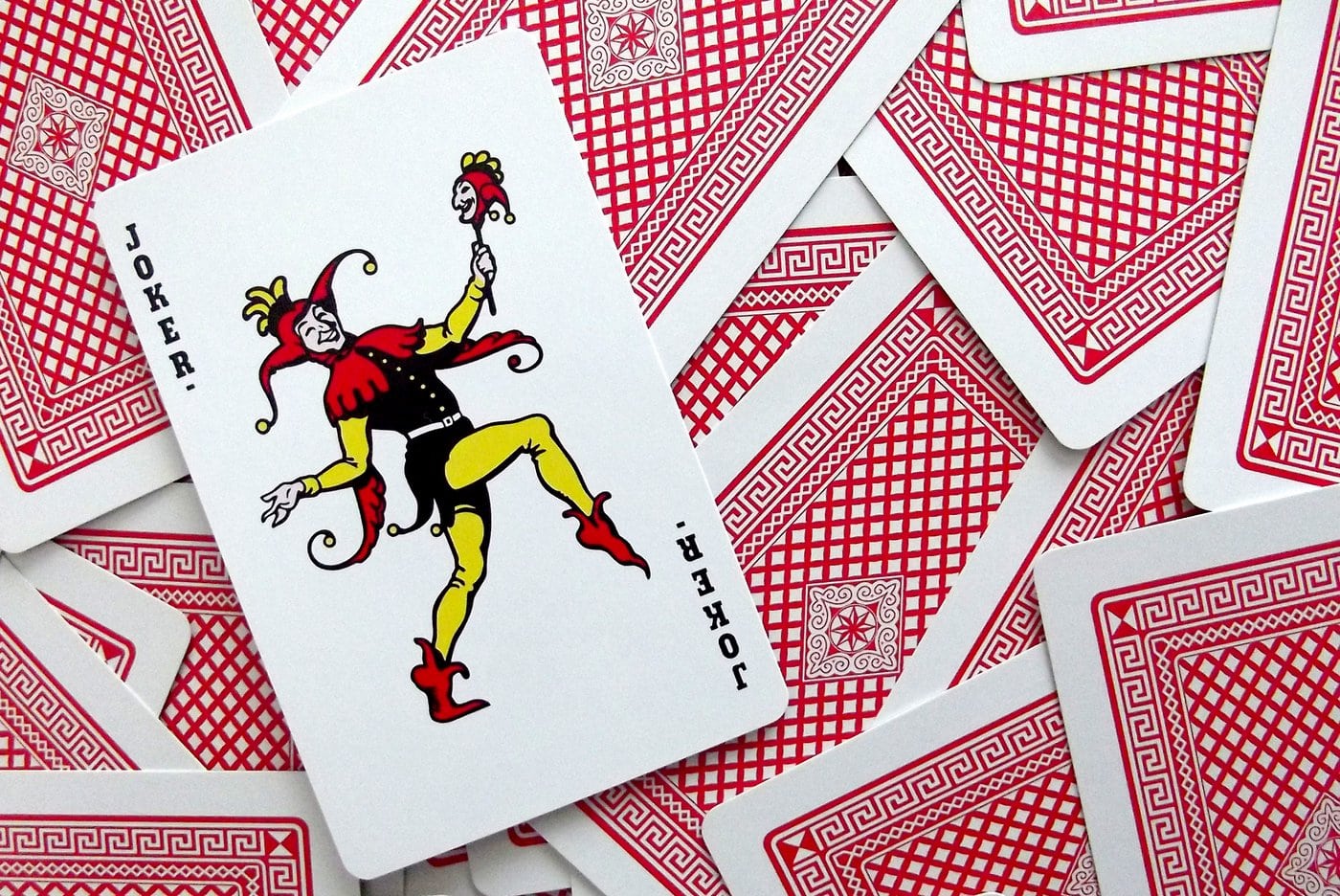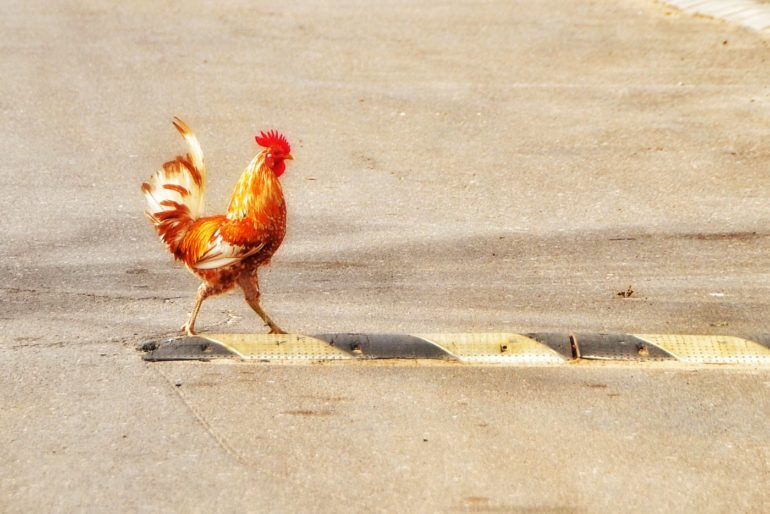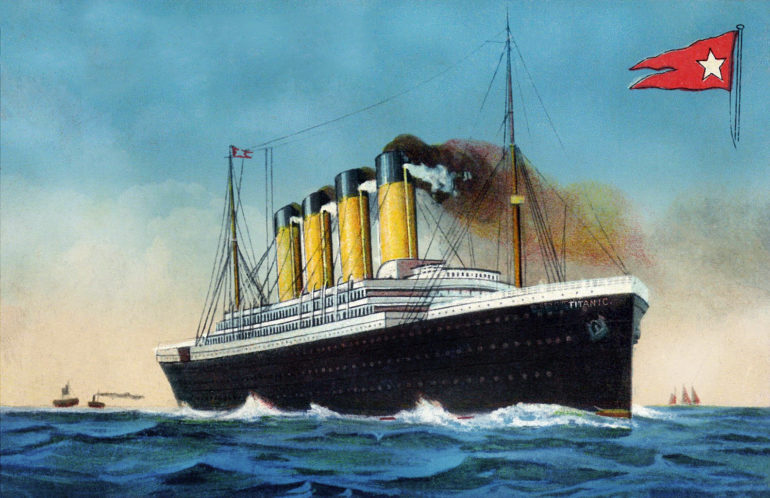When did April Fools’ Day start?
I love a good April Fools’ Day prank as much as the next person — up to and including shrink wrapping a coworker’s car and the tried and true “kick me” sign. Where did this (admittedly fun) nonsense start? And why April 1st?
Made you look!
April Fool’s day is generally celebrated in many countries across the world on April 1st of each year. And by “celebrate” in the years before the internet, we mean doing dumb things like leaving buckets of water on top of slightly-open doors, or convincing people that Taco Bell bought the Liberty Bell.
So, exactly where did this tradition of generally abusing your friends, family, coworkers, and the general public in a socially acceptable manner for one day a year come from?
No fooling
What isn’t a joke is that like so many ancient traditions and customs, the origin of this one is a bit hazy.
The US Library of Congress notes that some people think the idea of April Fools’ Day goes back to classical Roman times, when a joyful festival called Hilaria — probably originally an equinox celebration — was celebrated on March 25.
“In Roman terms, March 25 was called ‘the eighth of the Calends of April,’ which associates the festival strongly with April 1, the Calends of April,” the LOC says. “However, there’s no hard evidence to connect Hilaria with April Fools’ Day, so this is just one of many guesses advanced by curious people.”
The Hilaria was a day of merriment and rejoicing, celebrating the resurrection of Attis. It seems that some of the celebrations and festivities of the day resemble the modern-day April Fools’.
Holi, the Hindu spring festival celebrated in India, is the one day a year where the rankings of the caste system are reversed, and the streets are filled with rowdy, bawdy celebration. A bit of an “opposite day,” as it were.
Although these ancient festivals certainly bear some of the hallmarks of the modern April Fools’ Day, the most clear cut explanation for the birth of everyone’s favorite prank day dates back to 1582 when France moved from using the Julian calendar to the Gregorian calendar, pushing New Year’s Day from March 25 to January 1.
Those who made the mistake of celebrating the New Year’s week holiday at the end of March and beginning of April were referred to as “poisson d’avril,” or “April Fish” — possibly in reference to young fish who were easily caught, or “fooled.”
For more insights into the history of April Fools’ Day, you can go back in time a bit and check out this article from the 1830s.
From there, the tradition spread across the globe, and is now celebrated everywhere from the U.S. to France to Italy to Korea. And that’s no joke. I promise.







